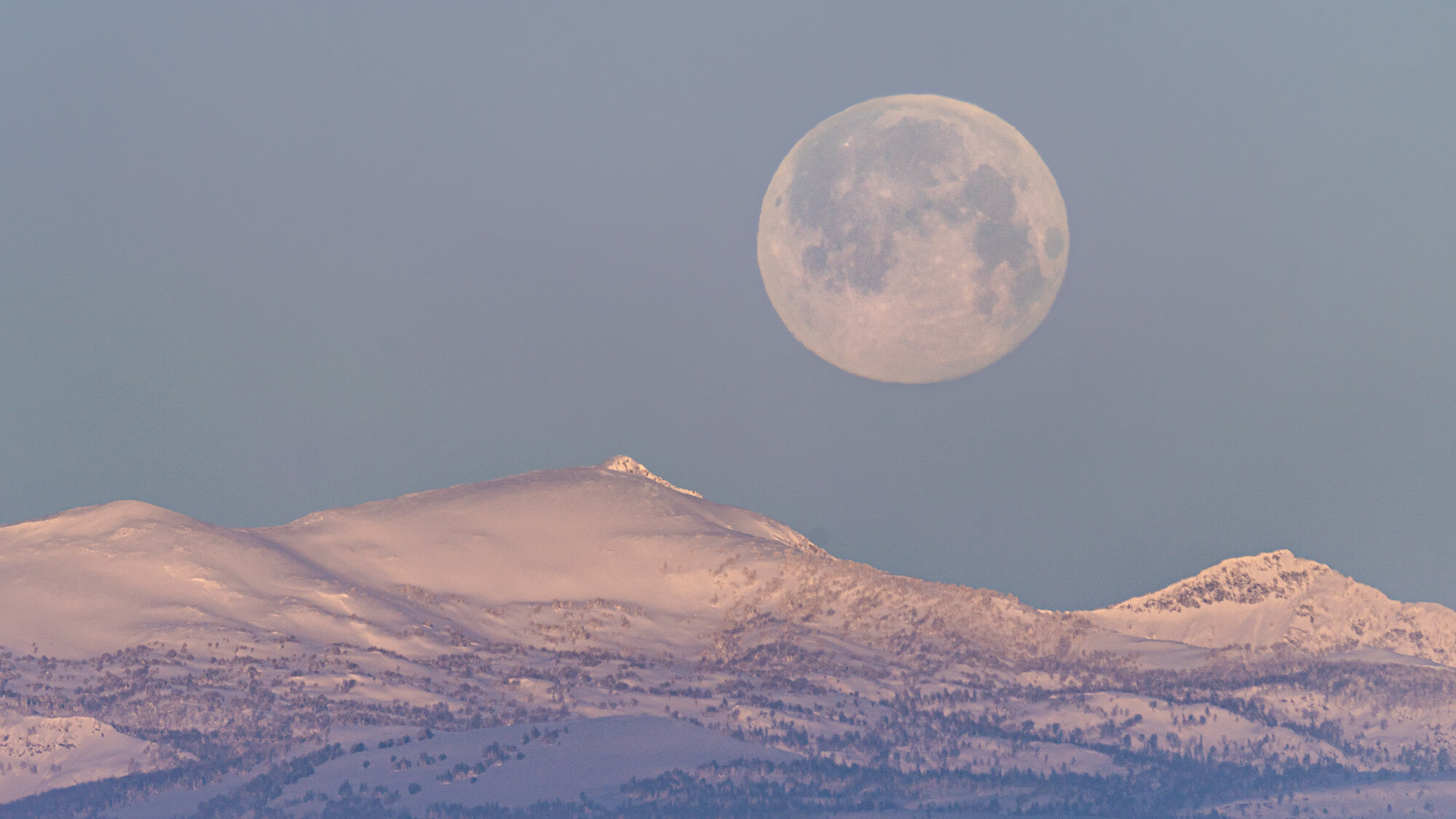Moon Photography Tips:
1) Plan - what time is the moon visible in your area? http://www.timeanddate.com/worldclock/moonrise.html?obj=moon-- You can certainly capture the moon in the sky but it will often look small and less impressive. Pay careful attention to the rise and set times, this will allow you to incorporate some of the landscape making for more interesting photos. Even better if you can capture it near sunrise or sunset, providing some light for the landscape. My moon over snowy mountains photo above was taking about 30 minutes after sunrise.
2) Knowing where the moon will break the horizon and the angle it will travel as it rises is important - Photopills App offers info on rise, set, and the path of celestial objects including the moon. It will even allow you to overlay this info with your real-world view. Another option is the http://photoephemeris.com/.
3) Get off AUTO mode. When shooting a small bright object in a very dark sky your camera is going to be easily confused and often the moon will be captured as a featureless white blob. Shoot MANUAL - good starting values ISO 200, Aperture f/8, and shutter speed 1/125 to 1/250 of a second. These settings are just starting values, depending on the conditions in your area - city lights, clouds, sunlight. you may need to adjust. If you are photographing a thin crescent moon your shutter speed may be much slower, closer to a second.
NOTE: An eclipsed moon is much less bright - You are going to need to open the aperture wider, slow your shutter speed and adjust ISO accordingly.
4) You may be able to autofocus on brighter moons, place your focus point right at the edge of the moon - the contrast between the light and dark will help the camera focus. If you don’t have any luck using AF switch to manual focus magnify your view and carefully move your focus ring toward infinity.
5) Tripods are almost mandatory. Remember the general rule of thumb is a shutter speed twice your focal length. If you are shooting with a 70-300 lens and using 300mm - your shutter speed should be 1/800 second. Any slower than that and you should be on a tripod. Tripods also help you compose a shot - plan where the moon will be, set up your tripod, and wait.
5) Review your shots as you take them, zoom in on the images when you review to check focus and exposure levels. I have been fooled in the past thinking I was capturing sharp images of the moon and only once I looked at them on the computer realized they were all a little soft. I'd love to see some full moon shots on my Facebook page or Instagram tag me!
I captured the photo below on October 31, 2020, as the supermoon rose above the Seattle Skyline. This is a composite. One photo for a good exposure of the moon and one photo for a good exposure of the city and sky. I combined in Photoshop but needed to increase the size of the moon by about 10% to hide some issues with the original moon. This is the reason for the “almost” in the title of this article.


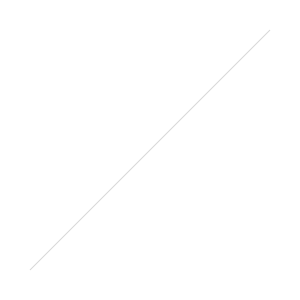
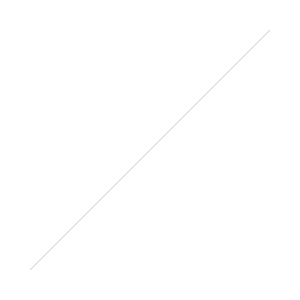
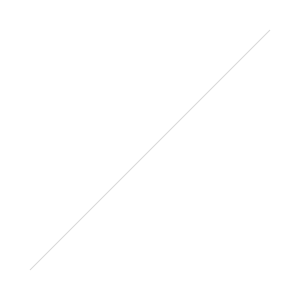
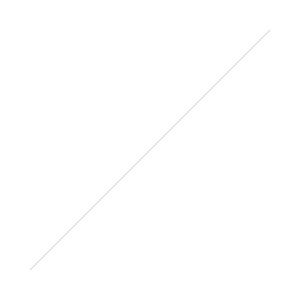
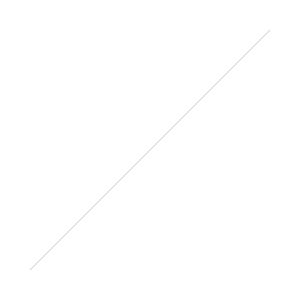
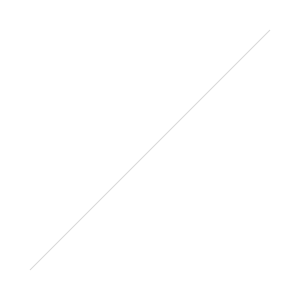
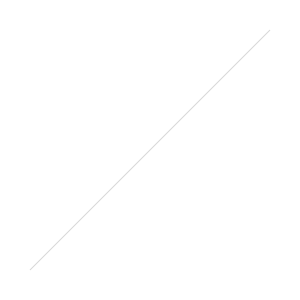
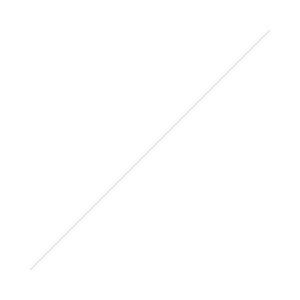
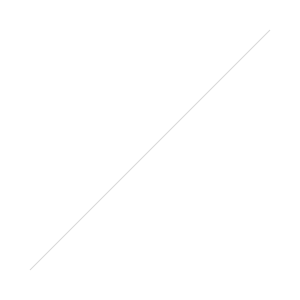
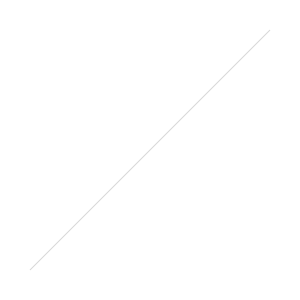
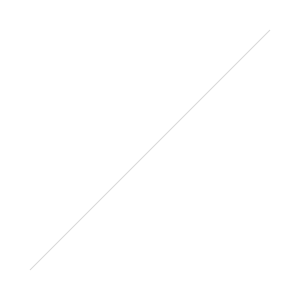

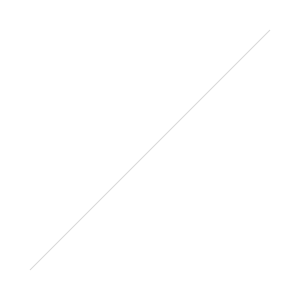
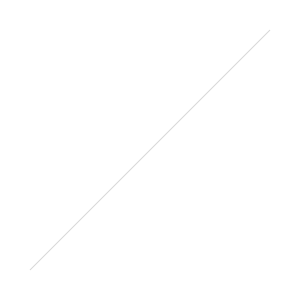 Learn more about the Tokina 11-16 vs the Canon 10-18 and Canon 10-22
Learn more about the Tokina 11-16 vs the Canon 10-18 and Canon 10-22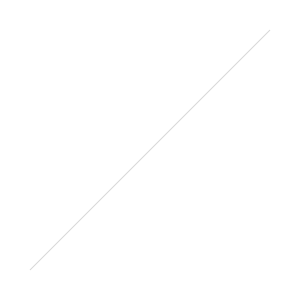 Learn more about the more expensive full frame wide angle lens options- Canon 16-35, Tamron 15-30
Learn more about the more expensive full frame wide angle lens options- Canon 16-35, Tamron 15-30
